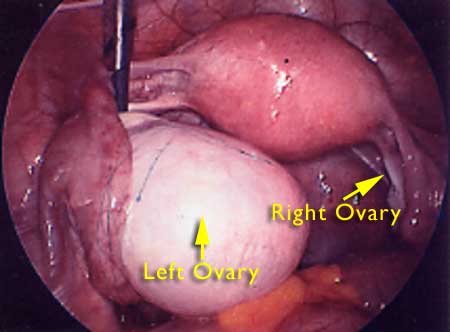
Premature menopause is on the rise.
HOT flushes, night sweats, mood swings and the end of a woman’s natural fertility – all before age 40. this is the disturbing reality of premature menopause, and a new study shows it may be much more common than doctors realised.
A British study of almost 5000 women, one of the most comprehensive yet into premature menopause, showed that 7.4 per cent of women experienced the condition. Previous international studies suggested only 1 per cent of women were affected.
The average age of menopause is about 51 but premature menopause, or premature ovarian failure, affects women under 40, in what is supposed to be their reproductive prime. The figures have intrigued medical experts. they are unable to say whether the condition is becoming more common – perhaps a result of modern lifestyles – or has previously been under-diagnosed.
Advertisement: Story continues below
The data, presented at the European Society of Human Reproduction and Embryology conference in Stockholm, reveal that about 6 per cent of women in the study had unexplained premature menopause. Another 1.4 per cent had had surgery that had brought on the condition.
A co-author of the study, Rumana Islam, from Imperial College in London, said more research was needed into the condition.
In cases of unexplained premature menopause, the study found that smokers and women from a lower socio-economic background were more likely to be affected.
”Most cases of unexplained premature ovarian failure have no identified cause, although a minority are due to genetic or auto-immune problems,” Dr Islam said, adding: ”As we learn more about premature ovarian failure, we should be able to identify which aspects of low socio-economic status are associated with this problem.”
Many women with premature menopause go undiagnosed, as the condition is not widely recognised by GPs.
As well as experiencing symptoms such as hot flushes, mood swings and sleep problems, women who go through premature menopause have an increased risk of cardio-vascular disease, dementia, osteoporosis and premature death.
Dr Islam said the poor quality of life experienced by women with premature menopause was on par with other chronic health problems.
”Most shocking to us was the huge impact on quality of life that these women reported,” she said. ”Quality of life impairment was in the range of other serious chronic conditions such as diabetes and rheumatoid arthritis.”
Dr John Eden, a reproductive endocrinologist at the University of NSW, agreed that women with premature menopause can suffer poor quality of life but said many of the symptoms could be managed with hormone replacement therapy.
He questioned the link between early menopause and low socio-economic background but agreed it could often be under-diagnosed.
”It’s often not thought of when a younger woman presents with menopause symptoms,” he said. ”I am often the third or fourth doctor they see before getting a diagnosis.”
Professor Henry Burger, consultant endocrinologist with the Jean Hailes Foundation for Women’s Health, was surprised by the study’s finding on the prevalence of premature menopause: ”The general impression is that one in 100 women will experience menopause before age 40. The prevalence in their study is quite a lot higher than that.”
Jane Elliott, president-elect of the Australasian Menopause Society, said unexplained premature menopause could come as a terrible shock to women who suffer from physical as well as psychological symptoms.